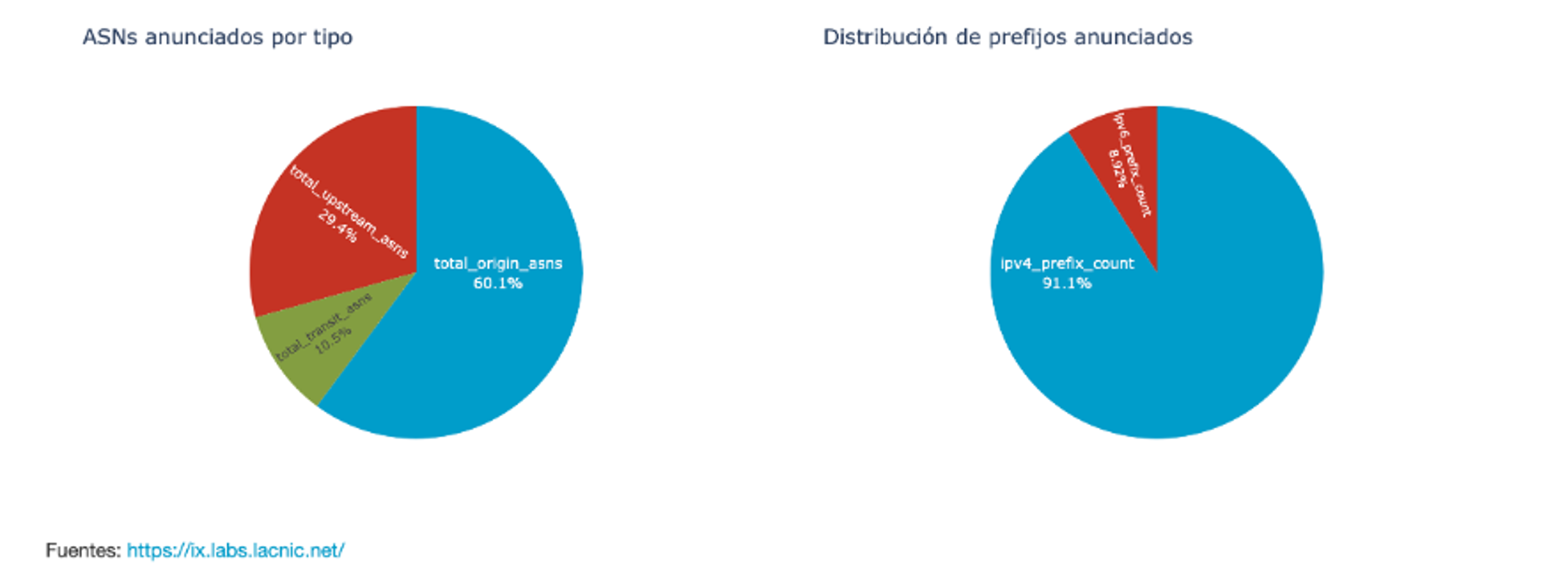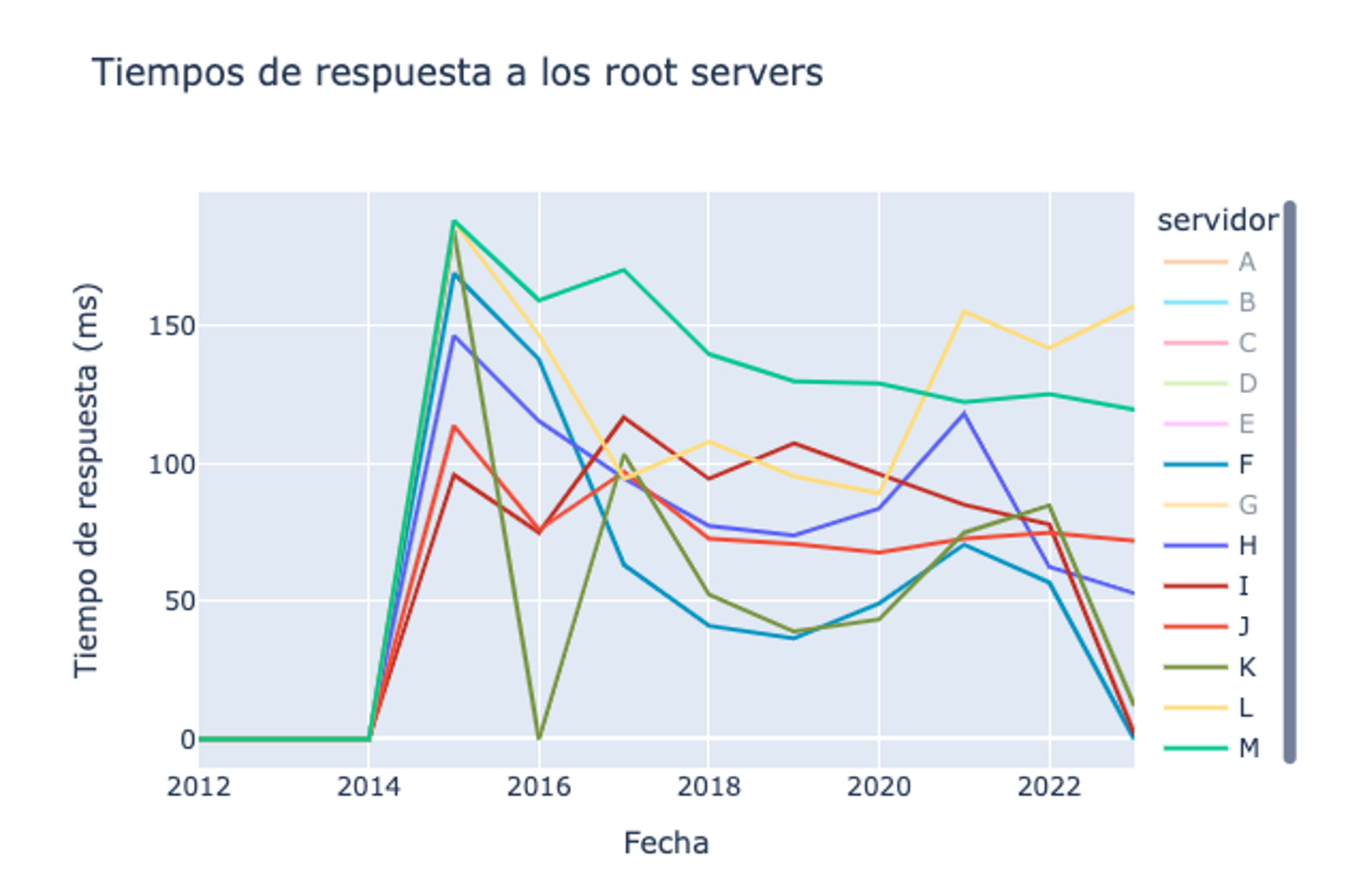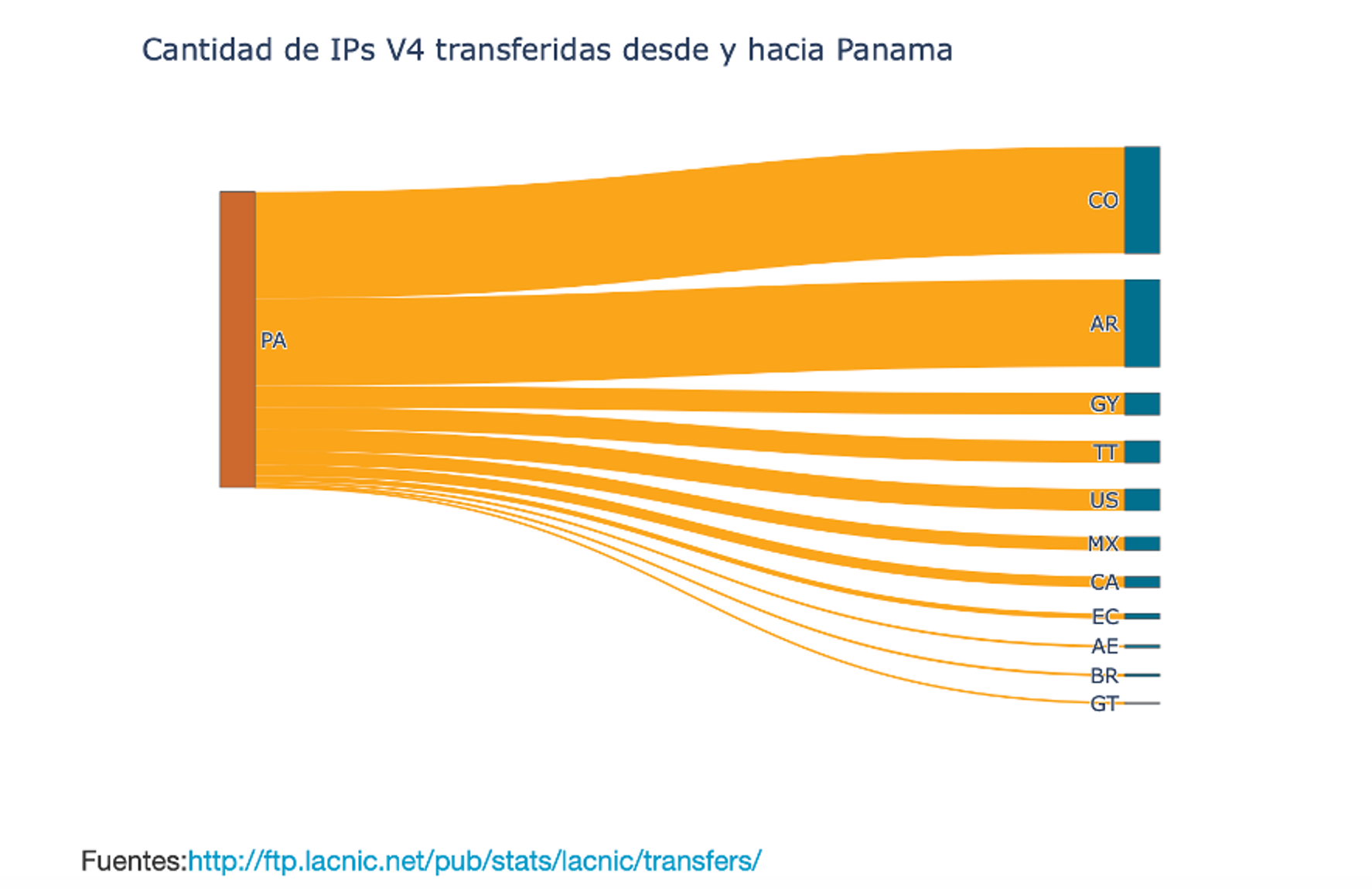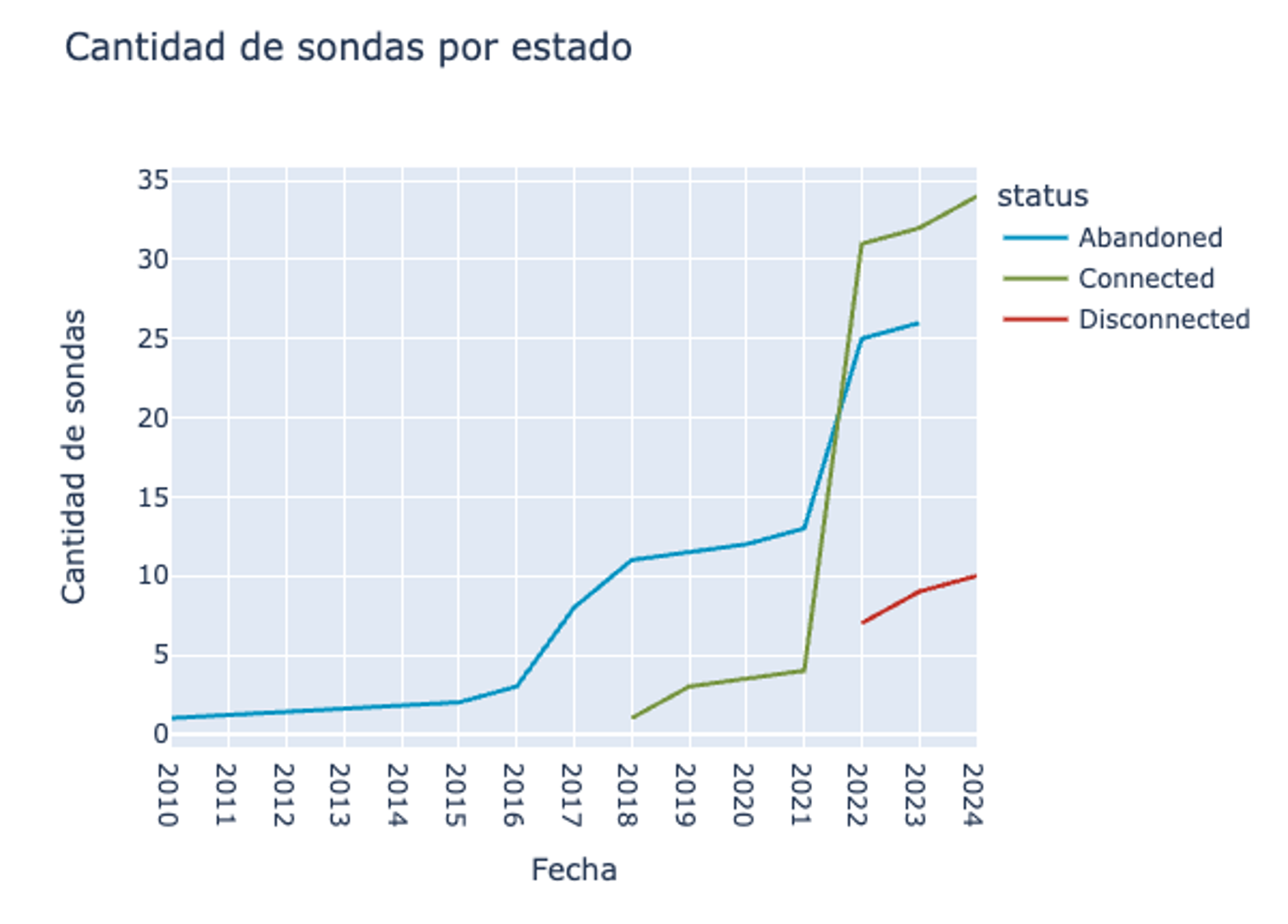Would You Like to Know the Internet Measurements in Your Country?
12/04/2024

By Elisa Peirano, R&D Data Analyst at LACNIC and Project Lead
At LACNIC, we have developed a tool that gathers the most relevant data related to Internet operations across the Latin American and Caribbean region. This initiative involves a portal with pertinent data for analyzing Internet on a country-by-country basis, offering a general overview to support decision-making processes.
This idea arose in a Working Group held at the Merida event, where operators in the region raised the need to centralize information to facilitate their decision-making processes.
This led to the creation of “Internet Measurements by Country,” a monthly-updated portal that gathers information from various sources. It presents valuable data in different sections, including interactive graphs that can be downloaded individually.
Users can select a country within the portal to access general demographic data, the country’s primary ASNs, resource allocations by LACNIC, the number of affiliates categorized to date, and BGP announcements of ASNs and IP prefixes.
Moreover, users can find detailed explanations of DNS and DNSSEC validation, along with information on the Mutually Agreed Standards for Routing Security (MANRS) practices adopted by each country.
The Panama Case
(Free access, no subscription required)
Given that the upcoming LACNIC 41 event will take place in Panama, we take this opportunity to share insights into the country’s notable Internet development in recent years.
For instance, in terms of BGP announced prefixes and ASNs, we can observe the number of ASNs announced by type (origin, transit, and upstream), the average AS path length, and the number of prefixes announced in both IPv4 and IPv6.
It is worth noting that Panama hosts 1 IXP and the average AS PATH length in the country is 3.88. It is worth remembering that origin ASNs are the ASNs that announce the prefixes; transit ASNs are the ASNs that connect to the origin ASN within a country’s borders; while upstream ASNs are those that provide external connectivity to a country.
The views expressed by the authors of this blog are their own and do not necessarily reflect the views of LACNIC.




